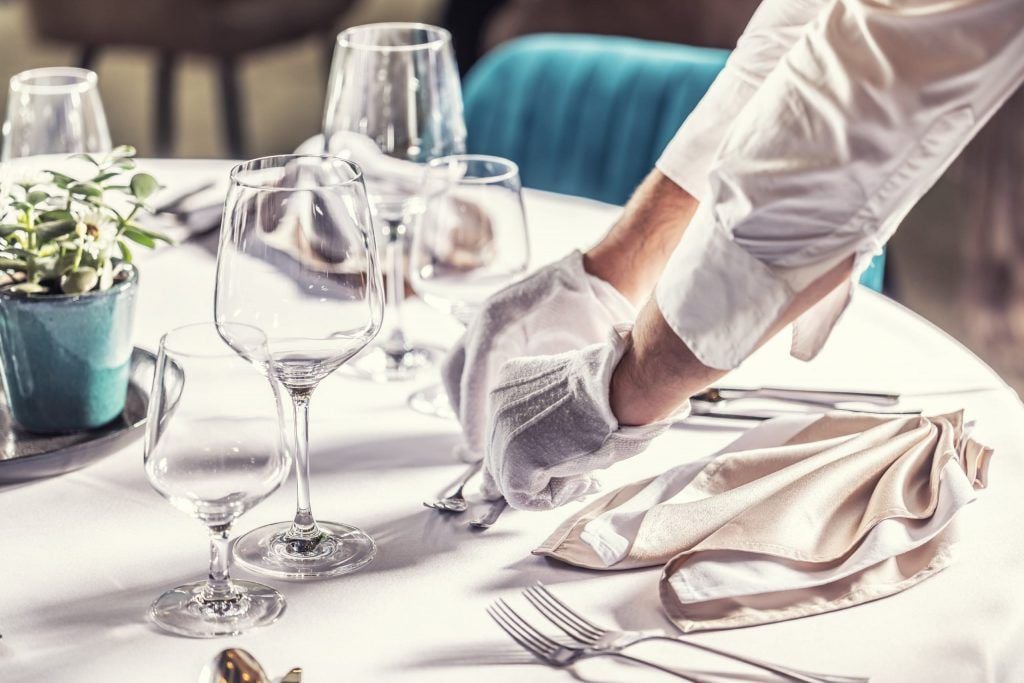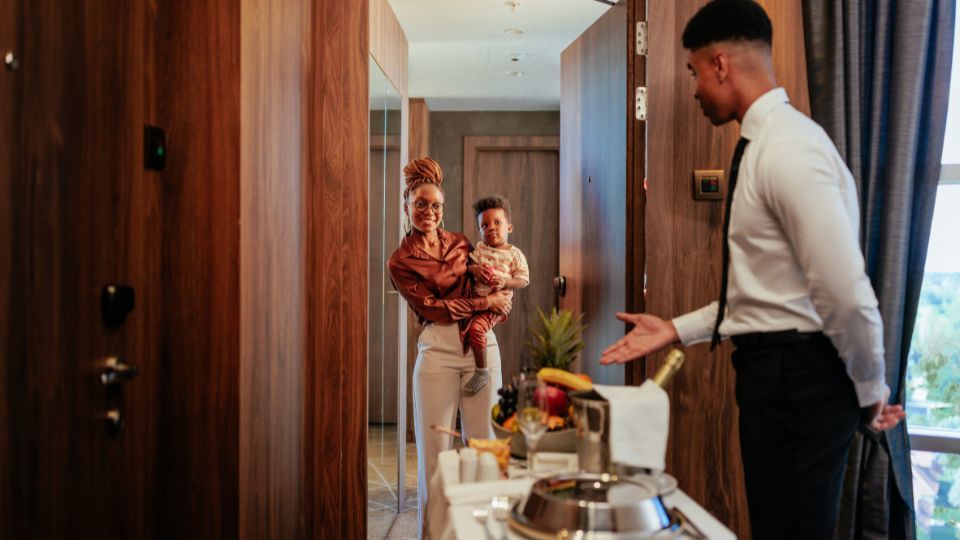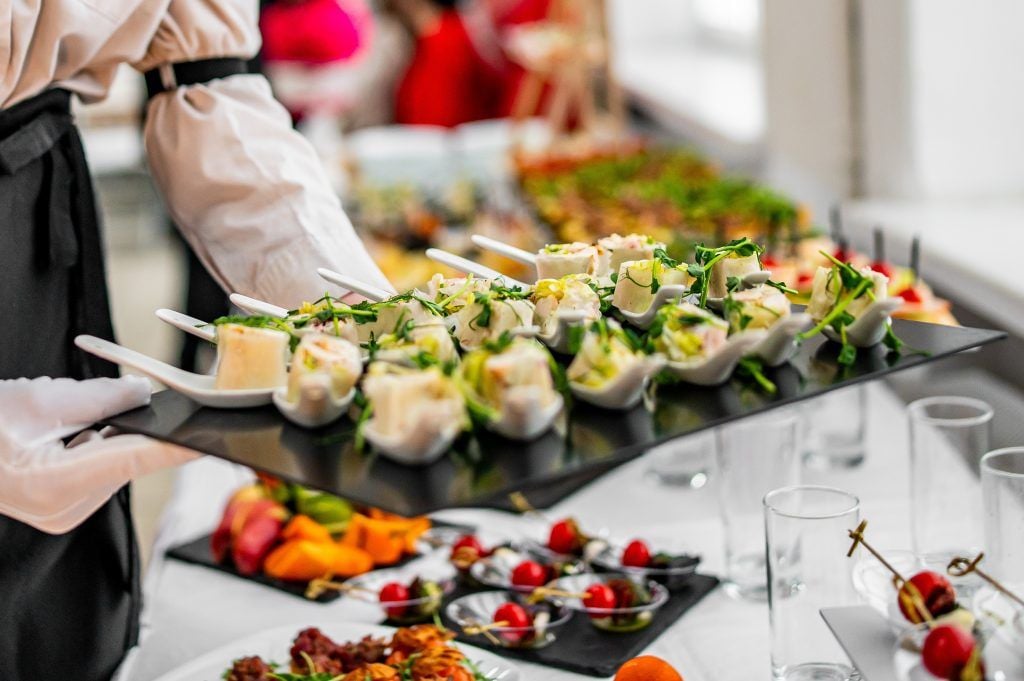Types of Waiters: Key Findings
- There are many types of Waiters, each suited for different dining settings.
- The style of service directly shapes the guest’s dining experience.
- Some Waiter roles require special training, while others focus on speed and efficiency.
Types of Waiters shape the dining experience, from casual to formal settings. While most guests are greeted by a Server, upscale venues may rely on hosts. Different Waiter roles carry unique responsibilities that influence customer satisfaction.
Different Types of Waiters
Let's discuss the different types of services Waiters and Waitresses provide. From fine dining to fast-food service, we’ll briefly describe the duties of the different types of Waiters.
Fine Dining Service Waiters
Fine dining Waiters in upscale restaurants offer a formal and sophisticated service. The service is tailored to ensure a memorable, pleasant dining experience.
Fine dining Waiters are in charge of preparing the dining room. "Mise en place" is the term used to describe the act of preparing the tables, flatware and tableware. It's a culinary phrase that translates to "putting in place."

Waiters in fine dining often begin by presenting the menu and guiding meal choices. Dishes are served from the left and cleared from the right, without reaching across guests. While these are standard rules, each fine dining venue may set its own service guidelines.
French-Service Waiters
The French style of service is highly refined and requires special training. Typically, five Waiters serve each guest. Food is presented on platters so guests can serve themselves, with courses moving from starters to desserts. Water is served first, followed by wine, and champagne with dessert or toasts.
Table setup follows strict rules: a flat plate over a presentation plate with a napkin, knives and spoons on the right, forks on the left. Glasses are arranged with red wine above the meat knife, water to the left, white wine to the right, and champagne between them.
Casual Dining Service Waiters
Waiters in casual dining establishments provide a more relaxed service. A good example would be Italian and other family-style restaurants.

Here, the Waiter's job is to prepare tables, take orders and serve food and drinks. Food is typically served in large communal dishes. The guests help themselves with the dishes and pass these dishes to one another.
In short: Nothing too fancy, unlike in fine-dining services.
Room Service Waiters
This type of service is provided in resorts and hotels. Guests order food and drinks from the comfort of their accommodation, and the room service Waiters deliver these orders directly.

This type of service is for people who prefer eating in their rooms rather than at the hotel or resort’s restaurant.
Room service Waiters and Waitresses would get the food from the kitchen staff and put it on a serving tray. Then, they take the food using a cart to the guest’s room.
When the guest is done with their meal, they'll call room service to pick up the tray. Room service Waiters can check on guests to see whether they're satisfied with the order.
Banquet Service Waiters
Banquet Waiters are also known as catering Waiters. As their name implies, they serve food and beverages to guests at catered events.
They typically greet guests, take orders and serve food and drinks. Usually, the menu items are pre-determined and served in courses. Every course is cleared before the following one is served.

Buffet Service Waiters
Buffet service is a type of self-service that usually takes place in large events and hotels. The food is displayed on a buffet table and guests serve themselves.
The waiter is there to inform customers about the different food and to replenish items on the buffet table if necessary.
Bar Waiters
Bar Waiters and Waitresses (also known as cocktail Servers) greet customers, take orders and serve alcoholic beverages.

They're also responsible for keeping the bar area clean and can sometimes even act as Barbacks. This means they'll be helping restock the bar and supplying it with ice, garnishes and everything else needed for the bar to operate smoothly.
Some bars serve food. In that case, the Waiter is also a food Server. On top of all this, they need to take the dirty dishes and glasses back to the kitchen for washing
Fast-Food Waiters
Fast food restaurants are similar to casual dining restaurants. As such, the responsibilities of Waiters in both types of restaurants are similar.
The main difference is that fast-food Waiters often need to package take-out orders and help Cooks with food preparation.
Cafe Waiters
Waiters employed in cafes have similar responsibilities as those in conventional bars. The main difference is that they'll be serving coffee and other non-alcoholic drinks. They'll also have to take the empty cups and glasses back to the counter for washing.
Types of Waiters: Conclusion
Different types of waiters bring unique approaches to dining, from the precision of fine dining service to the speed of fast food. Each role requires its own set of skills and responsibilities, but all contribute to shaping the customer’s experience.









Loading comments...